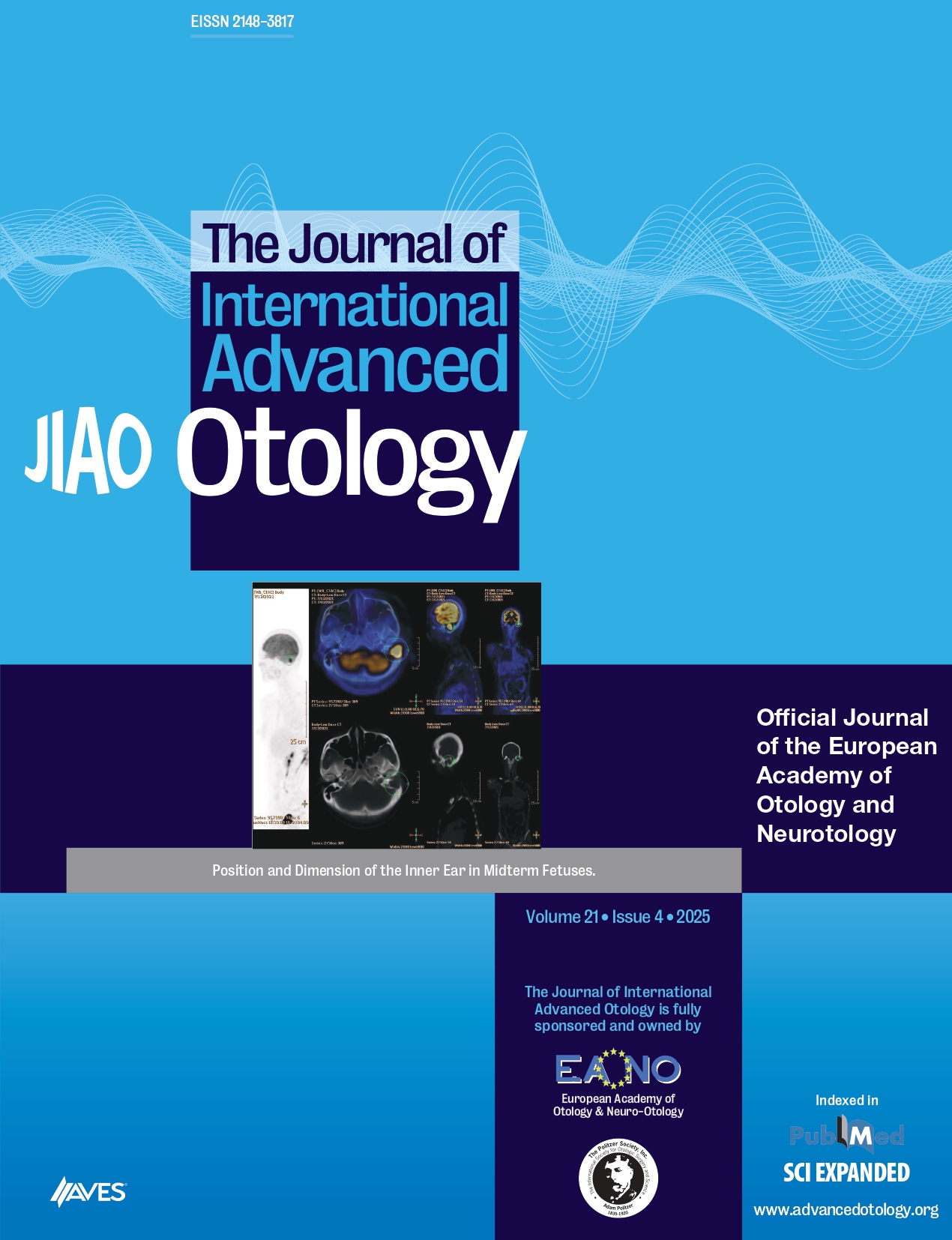OBJECTIVES: This study reports long-term results of blind sac closure of the external auditory canal performed for various pathologies, compares the complication rates and the need for revision surgery.
MATERIALS and METHODS: This study is a retrospective review. Ninety-six cases of blind sac closure performed for various pathologies were included in this study. The primary pathologies included extensive mucosal disease in an open mastoid cavity, cholesteatoma, skull base lesion, cerebrospinal fluid leak, and osteoradionecrosis of the temporal bone. Preoperative history, postoperative complications, and the need for revision surgery were evaluated.
RESULTS: The most common indication for blind sac closure in our series involved skull base lesions (62.5%). The mean follow-up period was 46 months (4 months – 20 years). The total complication rate related to blind sac closure was 10.4%. The median time between surgery and long-term complications was 5.5 years. Patients with chronic mucosal disease had the highest rate of complications.
CONCLUSION: Blind sac closure of external meatus can be effectively performed for different pathologies. Long-term follow-up with patients is necessary. Patients with chronic mucosal disease have the highest complication rates.
Cite this article as: Kraus M, Hassannia F, Bergin MJ, Al Zaabi K, Rutka JA. Long-Term Outcomes from Blind Sac Closure of the External Auditory Canal: Our Institutional Experience in Different Pathologies. J Int Adv Otol 2020; 16(1): 58-62.



.png)
.png)